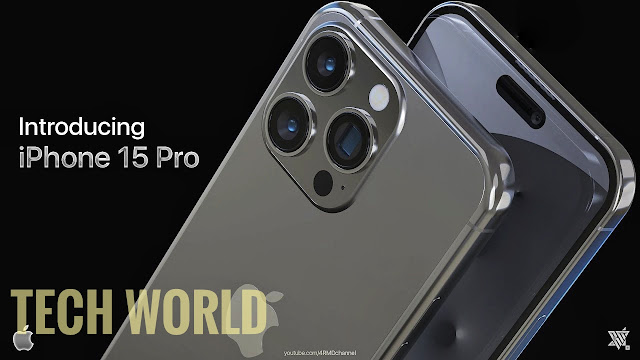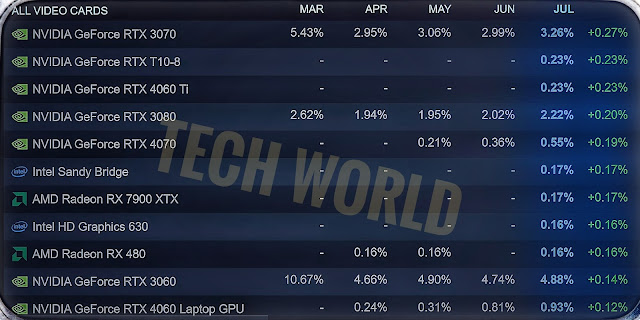Rufus emerged in 2011 as a free and open-source utility for creating bootable USB flash drives. Initially conceived by Pete Batard, it replaced the Windows HP USB Disk Storage Format Tool (HUDSFT). Over the years, numerous updates have been introduced, culminating in a more robust and contemporary release in 2020. This version brought notable enhancements, including improved support for ISO images, UEFI booting, and Windows To Go.
What is Rufus?
Rufus serves the purpose of formatting USB flash drives to enable booting on systems with missing or corrupted operating systems (OS). It facilitates the creation of installation files from bootable ISOs, particularly for various OS types such as Linux, UEFI, and Microsoft Windows. The utility is also capable of flashing BIOS or other DOS firmware.
In the past, burning ISO images onto CDs using tools like InfraRecorder or CDBurnerXP was commonplace. However, with technological advancements, Pete Batard recognized the need for a USB installer and decided to develop one as an alternative to proprietary software. The limitations of HUDSFT prompted him to embark on the creation of a free software clone to address these gaps.
Rufus has garnered positive reviews, attributed in part to its consistent updates that ensure the software remains aligned with contemporary demands. This dedication to improvement is among the utility's most noteworthy attributes, contributing to its effectiveness as a bootable USB flash drive solution.
Here’s a brief list of the different versions offering support for the following systems and functions:
1.0.4: FreeDOS
1.1.0: ISO images
1.2.0: Updated support for MS-DOS and FreeDOS
1.3.2: UEFI
1.4.0: Language localization
2.0: Windows To Go
2.18: Compatibility for Windows Vista and XP machines
How can I craft a Rufus bootable drive?
Before embarking on the creation of a Rufus USB installer, several prerequisites must be met. Chief among these is acquiring an ISO file for the desired operating system, such as Windows 7 or 10. When obtaining the ISO through a download, it's crucial to ensure its safety, verifying its absence of malware or viruses.
Once you possess a functional ISO image, you'll require the latest version of Rufus and a USB flash drive. With these essentials in place, insert the external drive into your PC and initiate the Rufus software. The program intuitively detects the presence of a USB, eliminating the need for manual search.
Navigate to the 'Boot selection' dropdown menu and opt for 'Disk or ISO image.' Adjacent to the tab, click 'Select,' which will open Windows Explorer. Here, you'll browse and open your ISO files, allowing Rufus to identify the image intended for burning.
An interesting feature may catch your attention as you click 'Select' – the 'Download' option. The most recent Rufus version provides Windows 8 and 10 files for download in case you encounter difficulties locating them. After your choice, the process continues seamlessly.
Upon selecting 'Standard Windows installation,' Rufus will determine the appropriate Partition Scheme for your machine. You'll need to assign a volume label and decide whether modifications are desired for the default settings of 'Cluster size' and 'File system.' Initiating the process by clicking 'Start' prompts Rufus to begin crafting the USB installer.
During the creation procedure, you might encounter an error message indicating insufficient space on the flash drive. In such instances, acquiring a USB with greater storage capacity is recommended. Additionally, formatting the initial drive to clear any attempted installation files becomes necessary.
Is it possible to operate Windows 10 from a USB drive?
Rufus now offers the capability to directly run Windows 10 from a USB drive through its latest updates. However, it's essential to obtain the necessary license from Microsoft before proceeding to avoid potential legal consequences or copyright infringements. Once you've secured the appropriate licensing, you can insert the flash drive into your computer when you're ready to switch your operating system.
When you initiate your PC, access the boot location settings by either holding down or pressing the designated button combination. Specify the use of the USB flash drive for booting, and this will guide you through the Windows 10 setup process. Be prepared for a slightly slower operation of the OS from the flash drive, as its resources are more limited compared to a PC installation.
Is Rufus capable of generating a multiboot USB?
The developer's stance on the Rufus website indicates that the software was primarily designed for creating single operating system USB installers. The software's creators have also communicated that there are no plans to incorporate multiboot functionality in future updates. However, with some adjustments, this doesn't imply that achieving multiboot capability is impossible.
To create a multiboot USB, you'll require a second, larger flash drive. You can follow the aforementioned steps for crafting a bootable USB using Rufus, then proceed to copy the ISO files to your multiboot drive. After completion, reinsert your Rufus-generated USB, select a different OS, and observe as the software formats the drive for the new operating system. You can conveniently copy the new files into a separate folder on your multiboot drive.
What is the optimal software for crafting a bootable USB?
Among Rufus's leading competitors is UNetbootin. Judging these two programs based on reviews alone, Rufus stands out as the top-ranked USB flash drive utility globally, while UNetbootin holds the ninth spot. This preference stems largely from Rufus's ability to automatically detect your flash drive, mitigating the risk of accidentally formatting your computer's primary hard drive.
Facilitate the creation of a fresh USB operating system installer
While the Rufus procedure might appear intricate initially, practice will make it more manageable. The software can be utilized to create a multiboot setup on a separate drive, offering enhanced speed and greater storage capacity. In scenarios where your PC encounters startup difficulties or the OS becomes corrupted, Rufus proves to be an effective solution for crafting a portable booting system.
Download link for pc



















